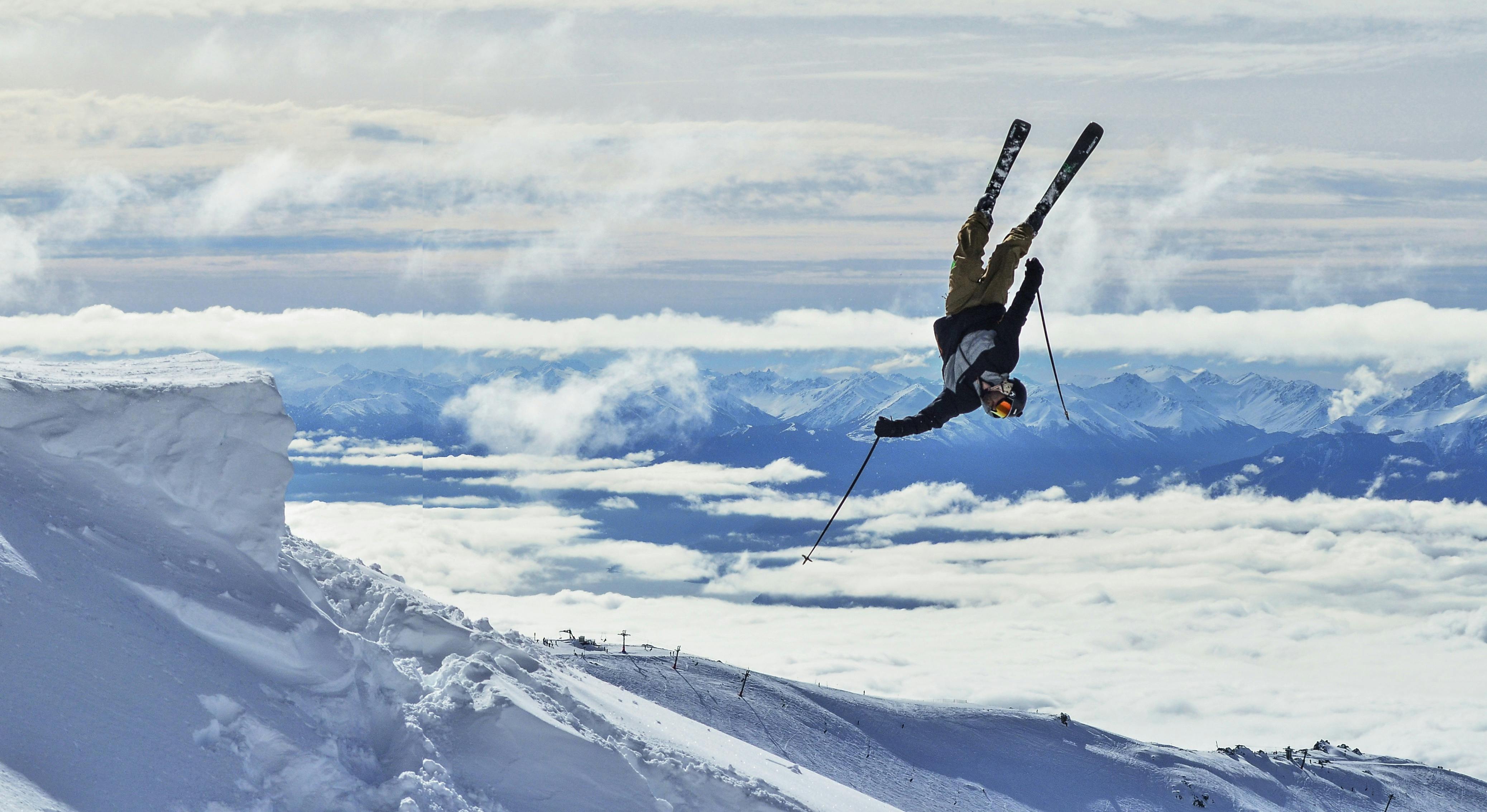Those who follow Indian sports will be surprised to learn that India’s national game is not cricket, but hockey.
And until about 30 years ago, the evidence was there for all to see. From then on, the decline was steep. Hockey became Europeanized: the use of artificial turf made it a much faster game, effectively shifting the emphasis from stick work and art to speed and passing. In other words, aptitude took precedence over ability.
The result was the exhaustion of medals in international tournaments. Hockey first appeared at the 1908 Olympics, when England won. Then it was played in the 1920 edition, England won that too. Thereafter, pre-war hockey golds were monopolized by India, playing under a British flag, in 1928, 1932 and 1936. When the Olympics resumed in 1948, India claimed hockey gold again, turning to Dhyan Chand the only player in the history of the game to win four Olympic golds.
India’s dominance continued after independence, and it won gold at the 1952 and 1956 Olympics. Pakistan, which won silver in 1956, emerged as a rival and took gold in the 1960 edition of the games. India won it in 1964 and Pakistan won it in 1968. The 1970s saw a gold draft for both teams, although Pakistan won silver in 1972. India’s last Olympics gold came at the 1980 Moscow Olympics. , an event that the Caucasian giants of hockey boycotted like Pakistan.
The first hockey World Cup was played in 1971. The next three editions were held in 1973, 1975, and 1978, and the event was held every four years thereafter. Pakistan made the inaugural cup their own and the Netherlands won it in 1973. Then came India’s famous victory in Malaysia in 1975, and that was the last time that Indian hockey was on top of the world. Artificial grass was introduced and has since been blamed for the decline of India.
But those who see the roots of India’s decline as a hockey superpower in the shift to artificial turf fail to explain why Pakistan, which played the same kind of game with an emphasis on skill and artistry, adapted well to the game. new situation and continued to dominate. In fact, Pakistan won the next two world cups, in 1978 and 1982, the latter event being hosted by India. There was a temporary problem, as Pakistan failed to win any medals in the 1986 edition, but went on to collect silver in the 1990 World Cup held in Pakistan and gold in the 1994 edition.
India’s decline began in the 1970s and Pakistan’s two decades later. Is there a lesson for India in this? There is a school of arguments that holds that Pakistan’s hockey was run by its military, and the team did better when it had a military government. There could be a grain of truth to this, as the Pakistan team did better in the 1980s when it had relative political stability and military rule under General Zia. During the same period, Pakistan also did well in cricket.
The lesson India can draw from Pakistan’s rise and subsequent fall from hockey’s grace is that performance improves when there is good management behind it. There is no shortage of talent, as was amply demonstrated in the Commonwealth games, where India rallied from a two-goal deficit to win the semi-final against England. All it takes is managerial will to support talent. Can India build on the success of the CWG and regain its hockey supremacy? Time, as always, will tell.
